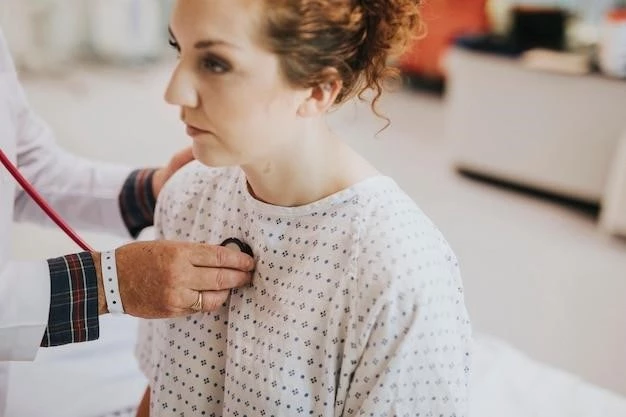Introduction to Pubic Lice
Pubic lice, also known as crabs, are tiny insects that live in the genital area of humans. They are spread through close body contact, most commonly through sexual contact.
What are Pubic Lice?
Pubic lice, also known as ″crabs,″ are tiny insects that infest the hair in the pubic area and can also affect other areas of the body with coarse hair. These parasitic insects feed on human blood and are usually transmitted through close physical contact.

Symptoms and Causes
Pubic lice are tiny insects that infest body hair, especially in the genital region, causing itching. They are primarily spread through close body contact, often during sexual encounters.
Symptoms of Pubic Lice Infestation
Pubic lice infestation typically causes itching in the pubic and groin area. Itching can lead to sores from scratching. These tiny insects may be visible on hair in the affected area. Nits (lice eggs) may also be present, causing further discomfort.
Causes of Pubic Lice
Pubic lice infestation is primarily caused by close physical contact with an infected person, commonly during sexual activity. Sharing bedding, clothing, or towels with an infested individual can also lead to the spread of pubic lice.
Diagnosis and Treatment
Pubic lice infestation is usually diagnosed by visual inspection of the affected area. Treatment typically involves medications like lotions or shampoos specifically designed to kill the lice and their eggs.
How to Diagnose Pubic Lice
Diagnosing pubic lice typically involves identifying the presence of lice, eggs (nits), or skin irritation in the pubic area. Healthcare providers may use a magnifying glass for closer inspection. In some cases, visual confirmation is sufficient for diagnosis.
Treatment Options for Pubic Lice
Treatment for pubic lice infestation involves the use of special lotions or shampoos that are designed to kill the lice and their eggs. These products are usually available over-the-counter and should be applied following specific instructions to effectively eradicate the infestation.
Prevention and Control
Preventive measures for pubic lice infestation focus on avoiding close body contact and sharing personal items. Controlling the spread involves timely diagnosis, treatment, and informing sexual contacts to prevent further infestation.
Preventive Measures for Pubic Lice
Preventive measures for pubic lice infestation primarily involve avoiding close body contact, especially during sexual activities. Preventive strategies also include refraining from sharing personal items such as bedding, clothing, or towels to reduce the risk of transmission.
Controlling the Spread of Pubic Lice
Preventing and controlling the spread of pubic lice involves thorough examination and prompt treatment of all infested individuals. It is essential to treat all sexual contacts and ensure effective management to prevent re-infestation. Measures such as avoiding sharing personal items can help reduce the risk of transmission.
Difference from Other Lice
Pubic lice, commonly known as ″crabs,″ are small insects that infest pubic hair, causing itching. Unlike head lice or body lice, pubic lice are primarily transmitted through close body contact.
Distinctive Features of Pubic Lice
Pubic lice, also known as ″crabs,″ are tiny insects that infest the pubic hair and are primarily transmitted through close body contact. They differ from head lice and body lice and commonly cause itching in the affected area.

Transmission and Risk Factors
Pubic lice, commonly known as ″crabs,″ are small insects that infest pubic hair and can also affect other areas with coarse hair. The main mode of transmission is through close physical contact, particularly during sexual encounters.
How Pubic Lice are Transmitted
Pubic lice infestation is primarily transmitted through close physical contact, especially during sexual activities. While less common, transmission can also occur through sharing personal items such as bedding, clothing, or towels. Understanding the modes of transmission is crucial in preventing the spread of pubic lice.
Risk Factors for Pubic Lice Infestation
Risk factors for pubic lice infestation include engaging in close physical contact, particularly during sexual encounters. Sharing personal items such as clothing, bedding, or towels can also contribute to the spread of pubic lice. Understanding these risk factors is crucial in implementing preventive measures.
Myths and Facts about Pubic Lice
Pubic lice infestation, commonly known as ″crabs,″ are tiny insects that inhabit the pubic area. They can cause itching and irritation, primarily spreading through close body contact, especially during sexual interactions. While not known to transmit diseases, prompt diagnosis and treatment are essential to alleviate symptoms and prevent re-infestation.
